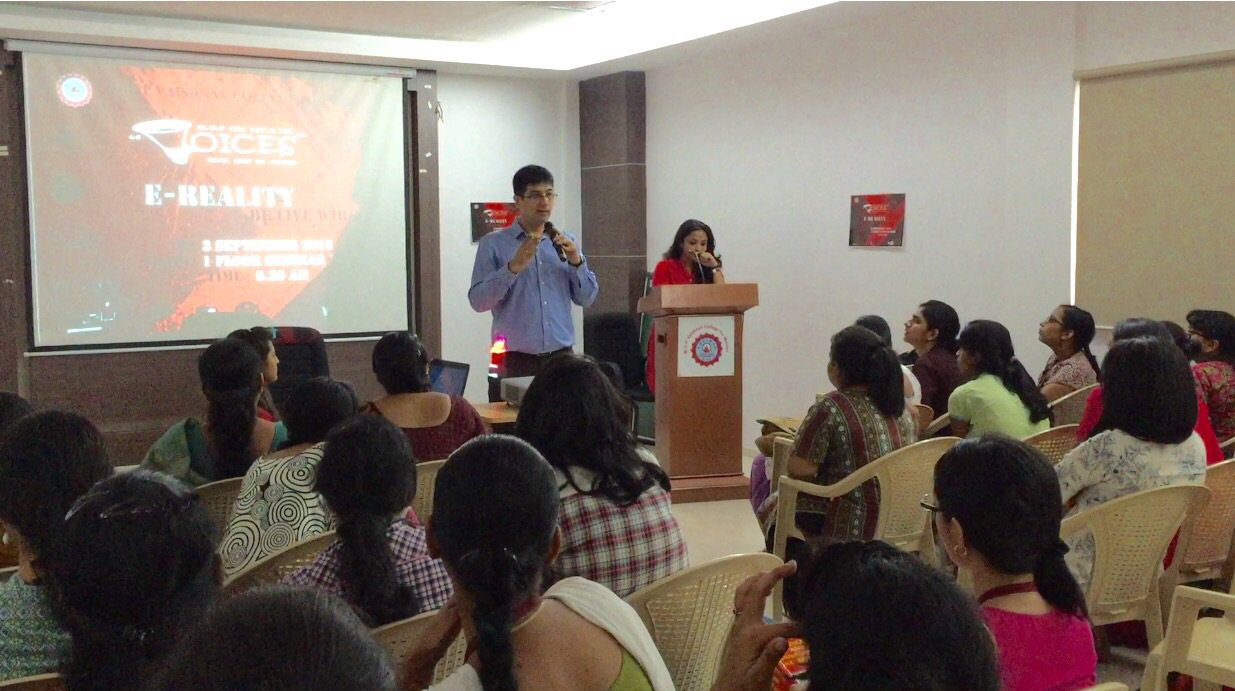Having lived in Ukraine all my life, I traveled to India to take up an internship. Through AIESEC, an organization that provides young people global internship and volunteer exchange experiences, I joined Social Beat about five months ago and have had the best experience. Social Beat is a digital marketing company founded in 2012 by two brothers, Vikas Chawla and Suneil Chawla. Although the company is just three years old, it is already one of the leading full-service digital agencies in India with a young, friendly and progressive team.

The company has five teams: Web Development, Design, SEO/Advertising, Social Media and Business Development. I worked in social media and partly in business development. I created content strategies for clients in different verticals including hospitality, real estate, entertainment, healthcare and ecommerce. I attended client events and wrote articles mainly for customers from Chennai. I can say that I’m exploring the city through the brands I handled.
I am the only foreign intern in the company and all the team members are friendly and everyone kept me informed about what the other teams are working on. At Social Beat, we have review meetings every Monday and on Fridays we gather around and chit chat about new trends in the digital marketing sphere. Even as an intern, I had opportunities to express and implement my ideas and the team always had my back. I also got to witness some of the interesting projects that Social Beat has been a part of. With Influencer marketing catching up fast in India, Social Beat has built a platform called Influencer, which will help shape the opinions of your brand using the most influential people amidst your potential customers. Social Beat is one of the pioneers in India, who has created a platform to attract bloggers and successfully offers it as an additional option for clients.

The other project I was part of was the Startup Walk. Startup Walk is a city-wide, open house for technology companies and Social Beat was a host company in it. Participants got the opportunity to check out the spaces, get acquainted with startup culture, meet the founders and get a behind-the-scenes look at the most innovative companies in Chennai. I got to interact and meet CEOs and it was an exciting assignment for me. At Social beat, the philosophy is work hard and party hard and I got to do just that. One of the brightest memories of my internship was the wedding of my boss and Co-Founder Vikas Chawla. As a little surprise, my team and I put together a dance performance. It was a lot of fun during practices and I really enjoyed learning Indian dance.

I also organized a fun activity for my colleagues and peers at Social beat, where I did a photo session and asked them to show five emotions (happiness, anger, surprise, thoughtfulness and craziness) and created a collage. It was really interesting to see how each person expressed different emotions.

I definitely know that I’ll miss our office talks, group dinners where everyone shared their food. This has been an incredible experience that took me up to a new step of my professional development, I met wonderful people and discovered incredible India.
Before coming here, I had heard several stories about internships and life in India for foreigners. I knew that I will get some culture shock seeing people sleeping everywhere, surrounded by garbage, crazy traffic on the roads, cows walking on the streets and monkey stealing your things (but there are no monkeys in Chennai and I hardly saw any cows). However, my stint in Chennai was extremely memorable and exciting. I met new people and got to do a lot of things. Along with my boyfriend, I even shot for a couple of movies as a tourist. Hopefully you can all see me in “Iraivi” and “Kabali” even after I leave this beautiful country. People here are really kind and if you are a foreigner visiting India, be ready for lots of photos with Indians who like to grab you and take a selfie with you. So come to India and you will get an opportunity to feel like a star 🙂



















